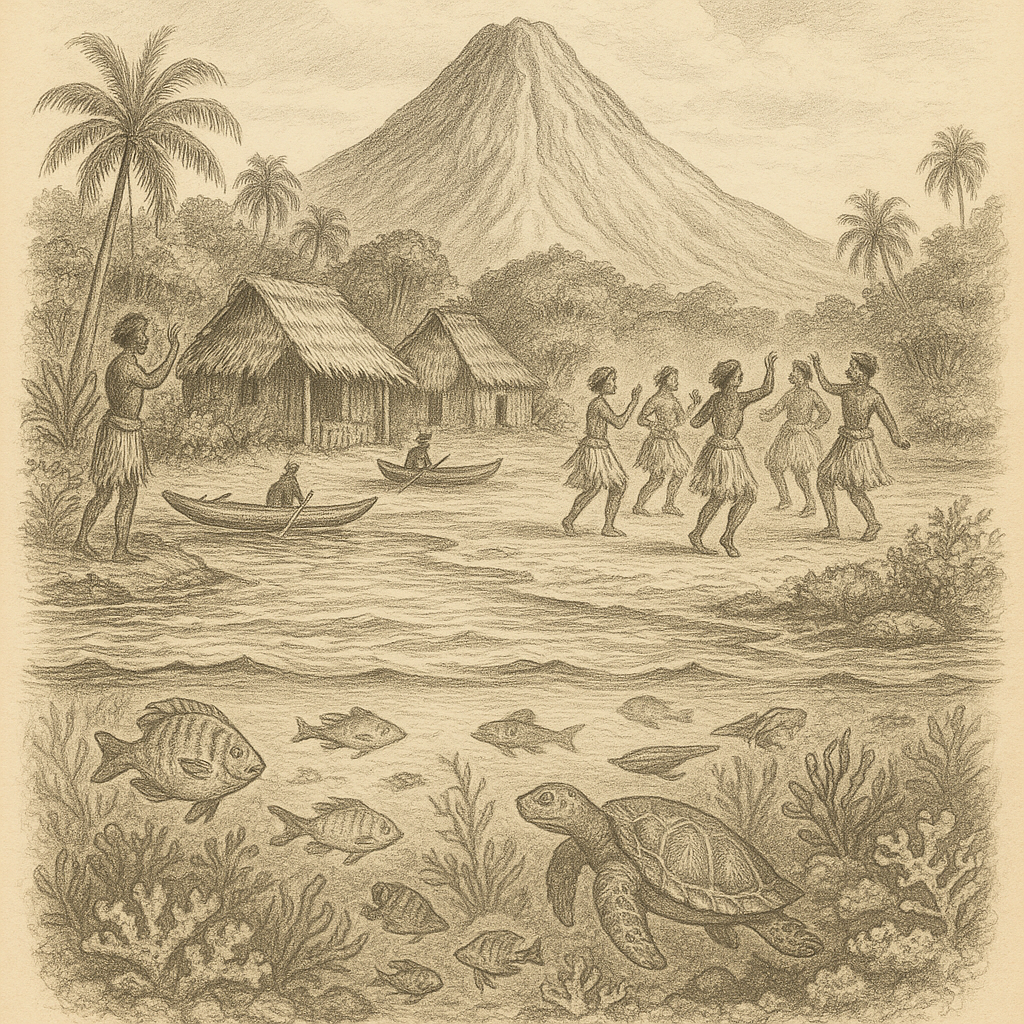St. Brendan Island: The Mysterious Island from Legend to Geographical Enigma
Located in the vast expanse of the North Atlantic Ocean, St. Brendan Island remains one of the most elusive and debated locations in maritime lore. Often referred to as the “Island of St. Brendan,” this remote and possibly mythical island captures the imagination with tales of discovery, religious journeys, and maritime mystery. Though its presence on old nautical maps has faded over time, the island continues to intrigue historians, geographers, and legend enthusiasts alike.
Geographical Context of St. Brendan Island
According to various historical accounts and maps spanning centuries, St. Brendan Island was believed to be located somewhere west of Ireland, often depicted in the mid-Atlantic Ocean, sometimes near the Azores or Canary Islands. Despite modern cartographic advances, no definitive, verifiable mass of land corresponding to St. Brendan Island has ever been discovered.
Over time, the island’s supposed coordinates have varied, which has contributed to the skepticism surrounding its existence. Theories connecting the island’s location range from it being simply a miraged volcanic island to a metaphorical representation of spiritual enlightenment. Nonetheless, numerous historical maritime charts from the Age of Discovery include the island, which indicates its importance within early exploratory narratives.
Historical Significance and Exploration
St. Brendan Island is closely associated with the voyages of St. Brendan the Navigator, an Irish monk who lived between the 5th and 6th centuries. His legendary journey, recorded in the Latin text “Navigatio Sancti Brendani Abbatis” (The Voyage of Saint Brendan the Abbot), details a means of spiritual and physical exploration across the Atlantic. According to the legend, Brendan and a group of monks set sail in search of “Terra Repromissionis Sanctorum”—the Promised Land of the Saints—which many believed to be St. Brendan Island.
Throughout the Middle Ages and into the Renaissance period, the legend of St. Brendan’s sea voyage influenced explorers across Europe. The island’s inclusion on nautical maps up to the 18th century illustrates how real it was thought to be. Expeditions were launched in its name, often connected with the broader search for new lands or routes, even if none ultimately confirmed its existence.
Ecological Hypotheses and Natural Explanations
Modern interpretations suggest that St. Brendan Island might have been a misidentified or transient natural feature. Some geologists and oceanographers speculate it could have been a volcanic island that later submerged due to tectonic activity or erosion. Others relate it to optical illusions such as the “Fata Morgana,” a complex form of shimmering mirage that can cause distant islands or icebergs to appear deceptively nearby and inhabit forms resembling landmasses.
Another theory posits that sailors may have mistaken existing islands—like those of the Azores, Madeiras, or even parts of Iceland—for the fabled isle due to poor visibility and rudimentary navigational tools available in the early Medieval period. The combination of oceanic mirages, volcanic activity, and mischarted coordinates contribute to the plausible explanations of what was once believed to be St. Brendan Island.
Curiosities and Cultural Legacy
Despite its physical absence, St. Brendan Island has left a significant cultural and literary legacy. It is featured in various modern novels, films, and even video games that draw on the mystery of disappearing or phantom islands. The story of St. Brendan has been interpreted through mythical, allegorical, and religious perspectives, often cited as an early pre-Columbian transatlantic voyage.
In Ireland, St. Brendan himself is venerated as a national hero and spiritual figure. The town of Fenit in County Kerry honors him with a statue and annual festivals commemorating his legendary voyage. In medieval Christendom, his voyage was seen as symbolic of one’s spiritual journey—equal parts devout pilgrimage and brave exploration.
Notably, the island has captivated historians and mystery seekers who organize speculative expeditions and scholarly studies to locate its possible existence. St. Brendan Island is part of a larger pantheon of ‘phantom islands,’ akin to Hy-Brasil or Antillia, that inhabit the blurry edges of folklore and speculative geography.
Legends and Mythology of St. Brendan Island
The most enduring tale associated with the island stems from “The Navigatio Sancti Brendani,” wherein St. Brendan and 14 monks set sail on a leather-clad boat, encountering strange sea creatures, floating crystal islands, and otherworldly phenomena. After a voyage lasting seven years, involving stops at paradise-like islands and encounters with angelic beings, Brendan reportedly discovered a lush land filled with fertility and divine presence—deemed to be the elusive St. Brendan Island.
Some versions describe the island as being cloaked in fog, appearing only to the chosen or devout. Others say it vanishes when approached, further deepening its mythological roots. The story even gained traction in early Christian Europe as a model of faith and exploration, emphasizing themes of perseverance, divine guidance, and the search for paradise.
Multiple sources over the centuries referenced sightings of the island by sailors who claimed it appeared under specific celestial or oceanic conditions before disappearing again as though it never existed. In this way, the legend of St. Brendan Island intertwines folkloric tradition with maritime mythology, symbolizing the eternal human quest for discovery and transcendence.
Conclusion
St. Brendan Island remains an enigmatic presence within human history—a place that may never have existed in the physical world, but which continues to live on in maps, myths, and the collective imagination. Whether a real place long lost to the ocean’s depths, a creation of navigational error, or a symbolic narrative vessel for spiritual storytelling, the story of St. Brendan Island inspires a sense of wonder and encourages us to peer beyond the horizon. As long as tales are passed down and oceans are crossed, the legend of St. Brendan and his island will endure.



